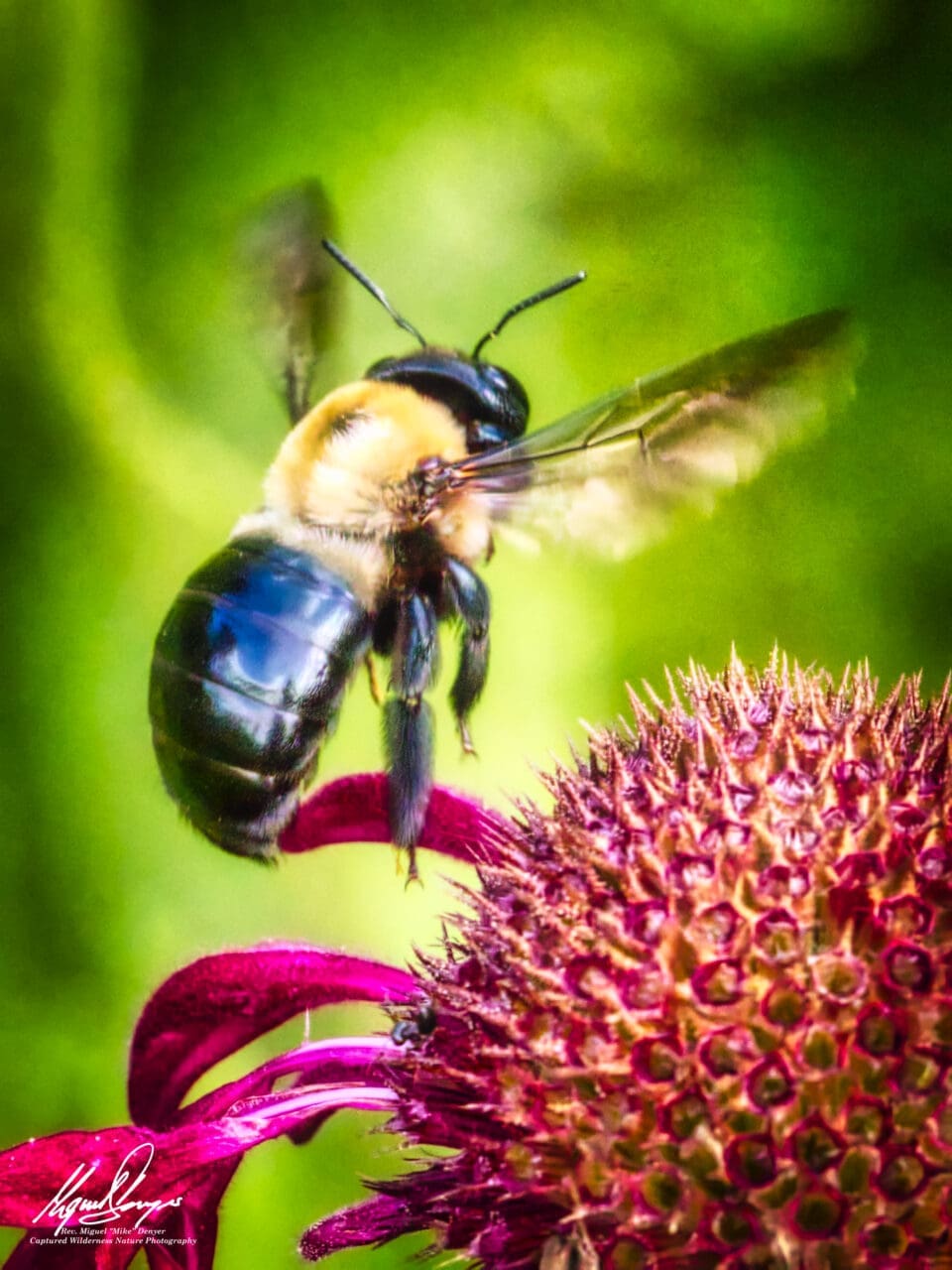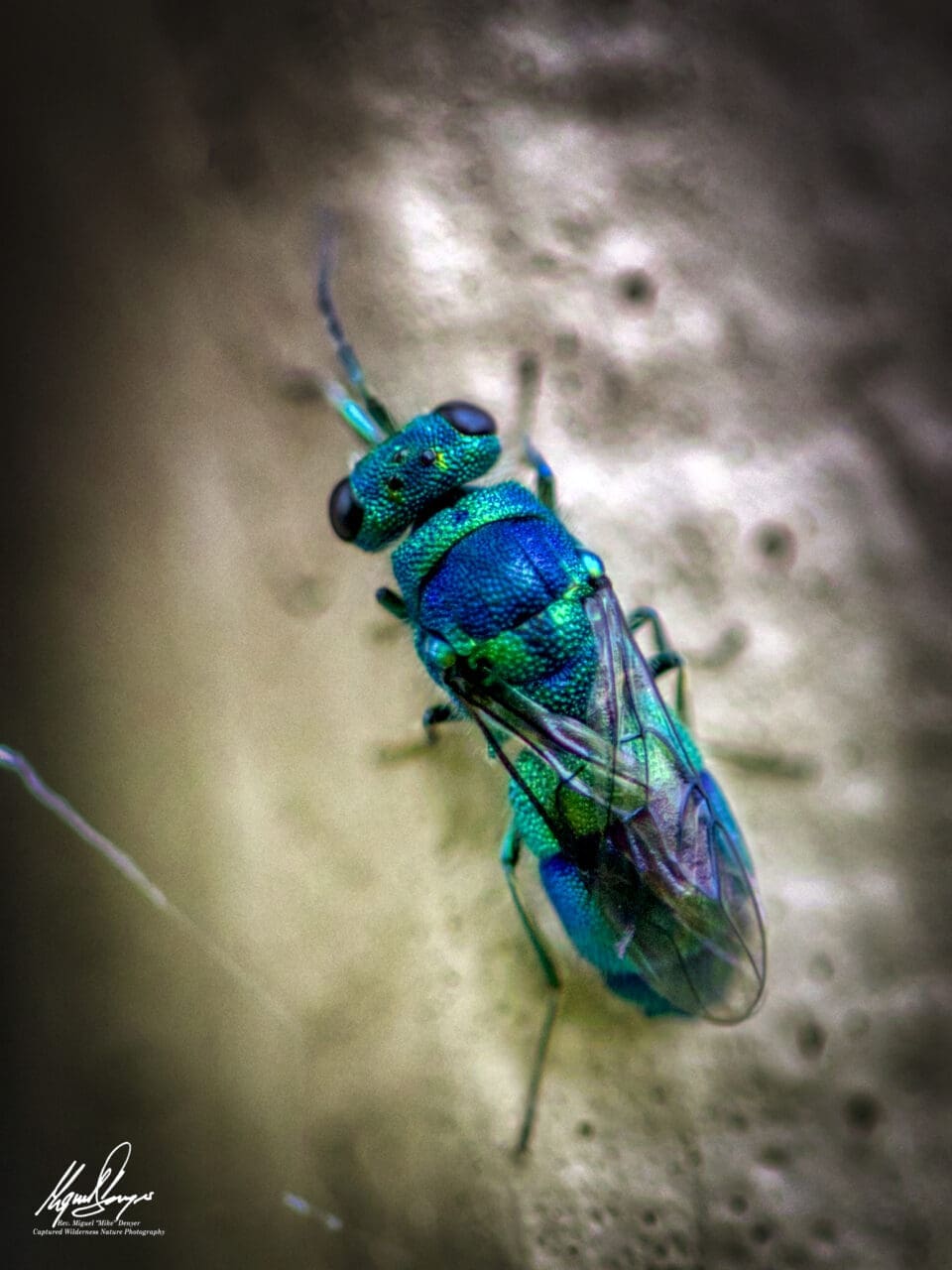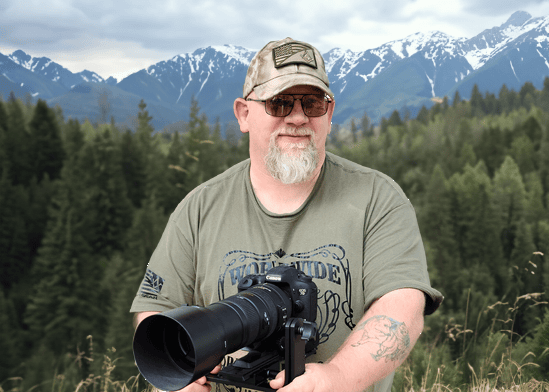Getting Ready for a Macro Insect and Wildflower Photography Workshop: Essential Gear and Key Concepts
Joining a macro insect and wildflower photography workshop is a thrilling way to explore the intricate details of the natural world. To ensure you capture stunning images, having the right equipment is crucial. A DSLR or mirrorless camera equipped with a dedicated macro lens, which offers a 1:1 magnification ratio, is essential for getting close to your tiny subjects. A sturdy tripod with a flexible head helps stabilize your camera for sharp images, particularly at high magnifications. Additionally, consider using a ring flash or portable LED lights to provide even lighting and minimize harsh shadows on your subjects.

Mastering the concepts and rules of macro photography can greatly enhance your shots. One of the biggest challenges in macro photography is the shallow depth of field, which makes achieving sharp focus across your subject tricky. Using a smaller aperture (higher f-stop) can increase the depth of field, but it also requires more light or longer exposure times. Composition is also vital in macro photography. Utilize the rule of thirds and look for interesting angles and perspectives to make your images more compelling. Patience is a key virtue in this field, as capturing the perfect shot, especially of moving insects, often requires waiting for the ideal moment.
Preparation is a key element of a successful macro photography outing. Researching the location beforehand can help you understand the best times and spots to find your subjects. Early morning is often a good time for insect photography, as they are less active and easier to photograph. Familiarize yourself with your camera settings, particularly manual focus, as it provides greater control in macro photography. Bringing extra batteries, memory cards, and lens cleaning supplies will ensure you are prepared for a full day of shooting.

Safety should always be a priority when engaging in macro photography. Wear comfortable, protective clothing to guard against bites, stings, and scratches. Long sleeves, long pants, and sturdy boots are recommended. Using insect repellent can also help keep pests at bay without disturbing your subjects. Be mindful of your surroundings to avoid potentially dangerous plants and animals, and inform someone of your plans and expected return time if you’re heading to a remote area.
By equipping yourself with the right gear, understanding essential macro photography techniques, and preparing thoroughly, you can make the most of a macro insect and wildflower photography workshop. These workshops provide an excellent opportunity to discover the intricate beauty of the natural world, often overlooked in everyday life. With the right preparation and mindset, you’ll be able to capture stunning close-up images that reveal the fascinating details of insects and wildflowers. Whether you’re a novice or an experienced photographer, these workshops offer valuable experiences to learn, explore, create, and inspire.


